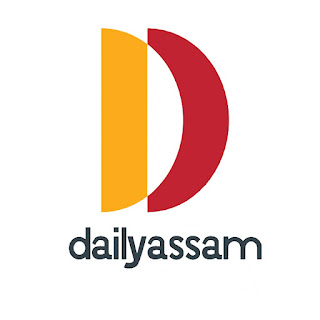Coronie city Quiz
1. What was the original name of Coronie, and what does it mean?
Answer: Jodensavanne, meaning "Jewish Savannah." This name reflected the early Jewish settlers who established plantations in the area.
2 . What are some of the main ethnic groups living in Coronie?
Answer: The population is a mix of Afro-Surinamese, Dutch, Amerindians, Chinese, and Lebanese. This diversity is reflected in the district's language, music, and cuisine.
3. What is Kaskawala, and what is its significance in Coronie culture?
Answer: Kaskawala is a Maroon spiritual and recreational festival celebrated annually in August. It features drumming, singing, dancing, and rituals honoring ancestral spirits.
4. Where is Coronie located in Suriname?
Answer: It's on the western coast of Suriname, bordering the Atlantic Ocean to the north and the Coppename River to the east.
5. What is the main geographical feature of Coronie?
Answer: The coastal plain is dominated by mangrove forests, swamps, and rice fields. There are also sandy beaches and a few small islands offshore.
6. What kind of wildlife can be found in Coronie?
Answer: The diverse ecosystem supports a variety of animals, including monkeys, sloths, tapirs, caimans, iguanas, and numerous bird species.
7. What is the main economic activity in Coronie?
Answer: Rice farming is the dominant industry, followed by fishing, shrimp farming, and tourism.
8. What are some popular tourist activities in Coronie?
Answer: Visitors can enjoy birdwatching, kayaking through the mangroves, exploring historical sites like Jodensavanne, relaxing on the beach, and experiencing the local culture.
9. What is the most famous historical site in Coronie?
Answer: Fort Zeelandia, a 17th-century Dutch fort that is now a museum showcasing the district's rich history.
10 . What are some traditional dishes from Coronie?
Answer: Pom (mashed pumpkin), bami (noodles with vegetables and meat), telo (cassava), and seafood dishes are all popular.
Type by Jyotishna Hazarika.
Post ID: DABP007986





